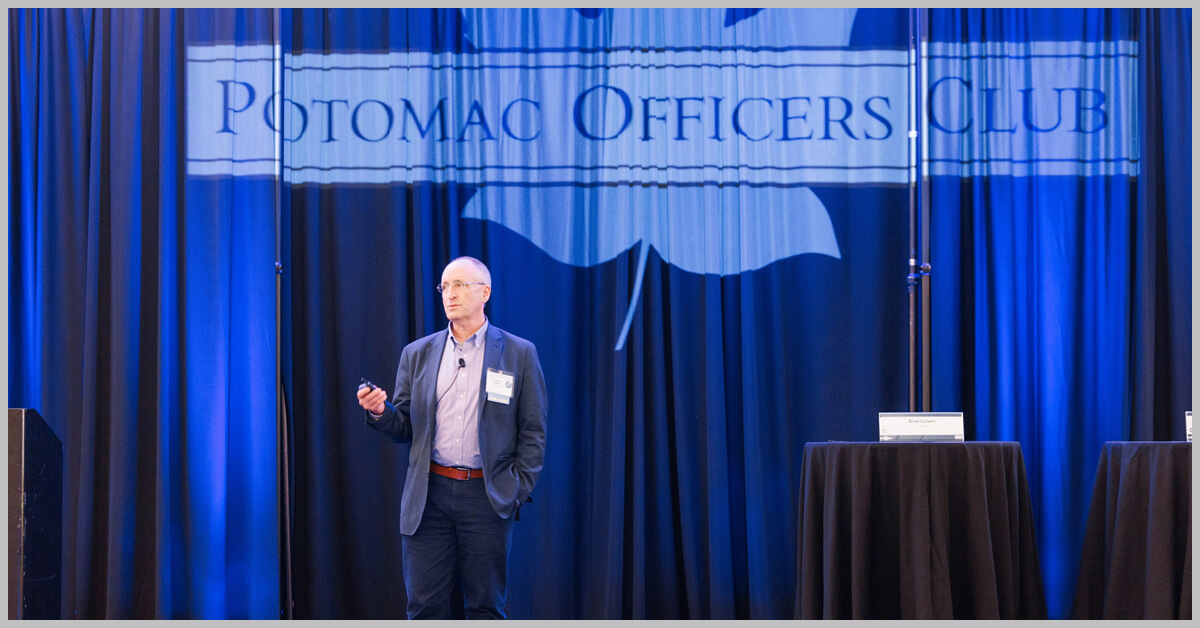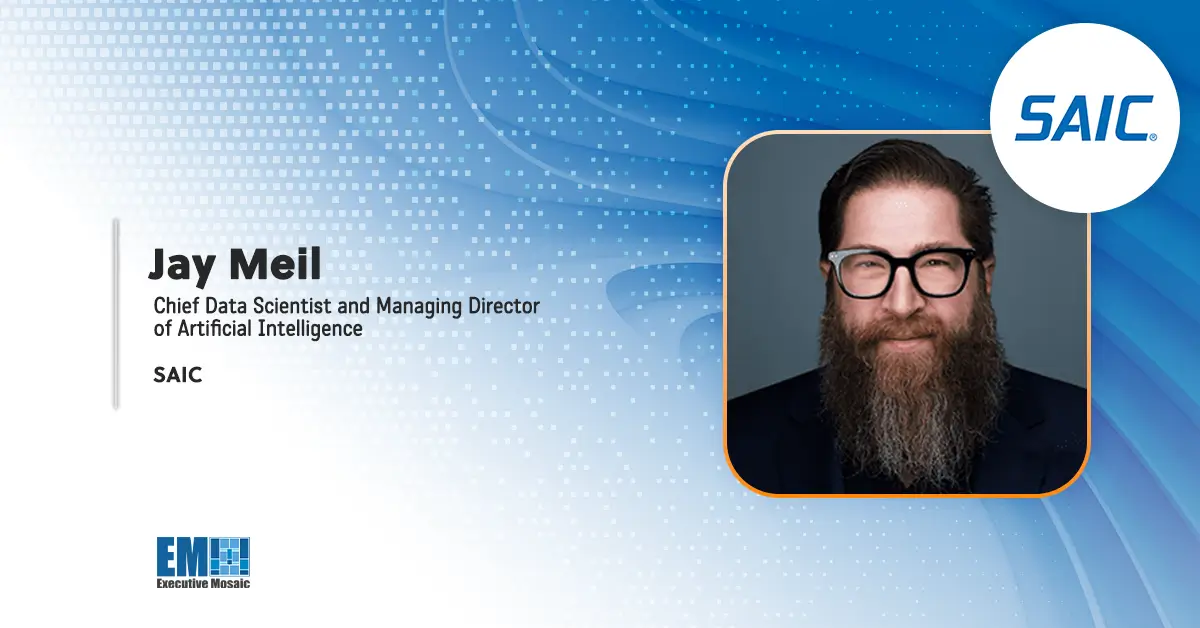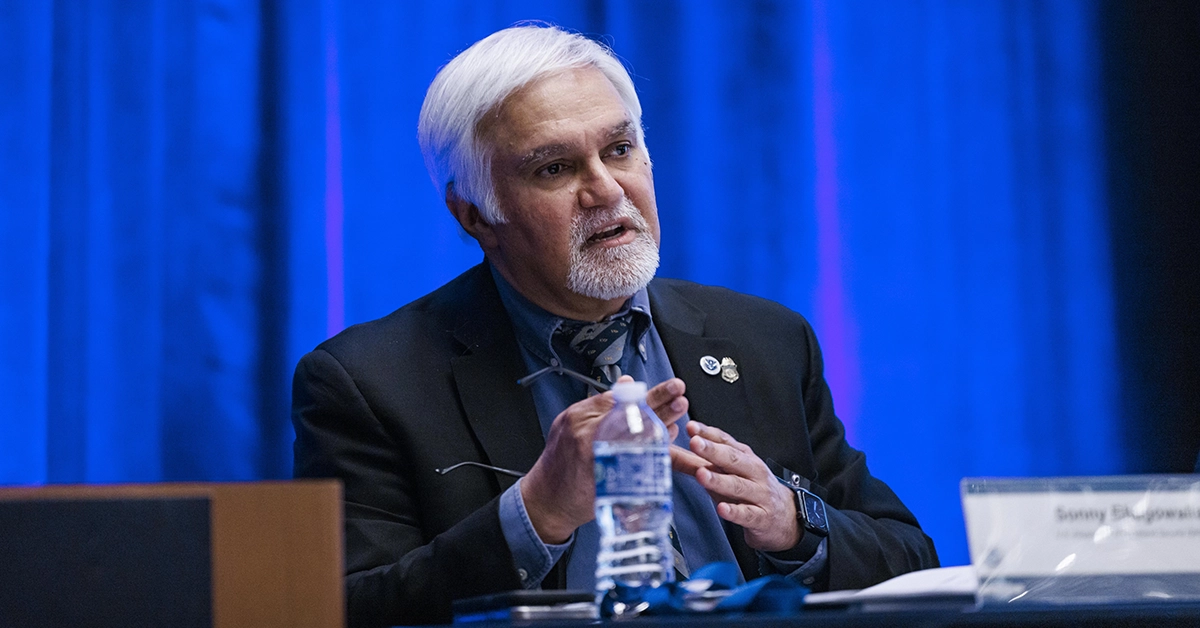The Department of Defense’s Chief Digital and Artificial Intelligence Office is set to release its first maturity model for large language models this year, according to CDAO Chief Technology Officer William Streilein.
LLMs are deep learning models that are trained on mass amounts of data and can respond to prompts from a human. They are a major component of generative AI tools, such as the popular ChatGPT, and the DOD is currently exploring their role in warfighting.
While LLMs hold incredible potential, they can be “dangerous” due to their “very intuitive and human-like interface to AI” and a lack of user understanding “that they’re really just an algorithm predicting the words based on context,” Streilein said at the Potomac Officers Club’s 5th Annual AI Summit on Thursday.
Another challenge with LLMs is that they can be used to create disinformation, he noted.

The DOD remains cautious but determined as it moves forward with LLMs. A core part of the department’s approach to adopting these tools is the concept of responsible AI, which encompasses various principles that guide the ethical use of AI technologies.
Streilein said that to leverage LLMs responsibly, “we need to understand what they mean to the DOD so that we can most effectively apply them in a responsible way.”
Through the maturity model, the CDAO aims to help DOD stakeholders strengthen their understanding of the current state of DOD generative AI capabilities as and identify issues or technology gaps that must be addressed.
It is also “meant to help industry understand where the DOD needs the capability to be,” and the CDAO has collaborated with private sector organizations to develop the framework.
“We released an RFI in the fall and received over 35 proposals from industry on ways that we can instantiate this maturity model,” Streilein shared. “As part of our symposium, which happened at the end of February, we had a full day working session to discuss this maturity model.”
Streilein noted that the framework is not “a bar that says if you’re not above this capability, you can’t use it.”
“It just means that you can understand where the capability is and what you need to do in your workflow to be able to accept it, how you need to have a human there to verify the output and so on,” he explained.
According to Streilein, the CDAO plans to release the initial version of this framework by the end of June.

At Potomac Officers Club’s next event, the 5th Annual CIO Summit, public and private sector experts will dive into even more technologies shaping the federal landscape. Those who convene at this gathering will discuss key modernization priorities for the U.S. government as it adapts to the current digital environment. To learn more and register to attend the summit, click here.







